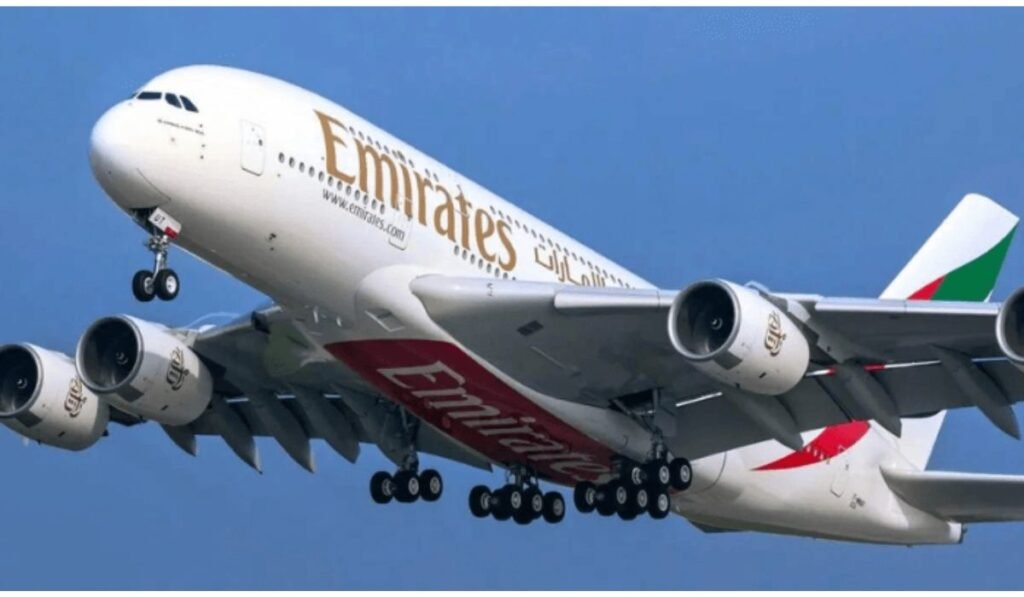WASHINGTON (Reuters) -On Thursday, the U.S. Transportation Department imposed a $1.5 million fine on Emirates for using JetBlue Airways’ designator code on flights through restricted airspace.
Between December 2021 and August 2022, Emirates operated several flights using JetBlue Airways’ code from the UAE to the US in FAA-restricted airspace. These flights violated FAA regulations.
Under the 2020 order, Emirates had to pay $200,000, with an additional $200,000 penalty if it violated the order within a year.
An Emirates spokesperson stated that the airline had planned to operate the flights within or above the restricted airspace. However, during flight, air traffic control either did not authorize ascending or instructed flights to operate below the restricted level.
“Our pilots duly followed ATC (air traffic control) instructions, a decision which is fully aligned with international aviation regulations for safety reasons,” it said.
The U.S. Transportation Department reported that the flights crossed the Baghdad Flight Information Region at unauthorized altitudes according to FAA regulations. This airspace is off-limits to all U.S. air carriers and commercial operators without specific authorization or clearance. Emirates could potentially incur an additional $300,000 penalty if it breaches these regulations again within the next year.
The Emirates spokesperson said in the statement that the airline no longer operated flights with U.S. carrier codes over Iraqi airspace.
Emirates informed the USDOT that it prioritizes the safety of passengers and airspace users. Moreover, the airline stated that the flights operated below the allowed level due to direct instructions from air traffic controllers and to prevent potential collisions.
Moreover, this incident underscores the stringent regulatory oversight of airspace use and highlights the consequences for non-compliance with FAA directives.
Furthermore, Emirates aims to strengthen its operational protocols to align more closely with international aviation standards and regulatory requirements.
read more
image source








